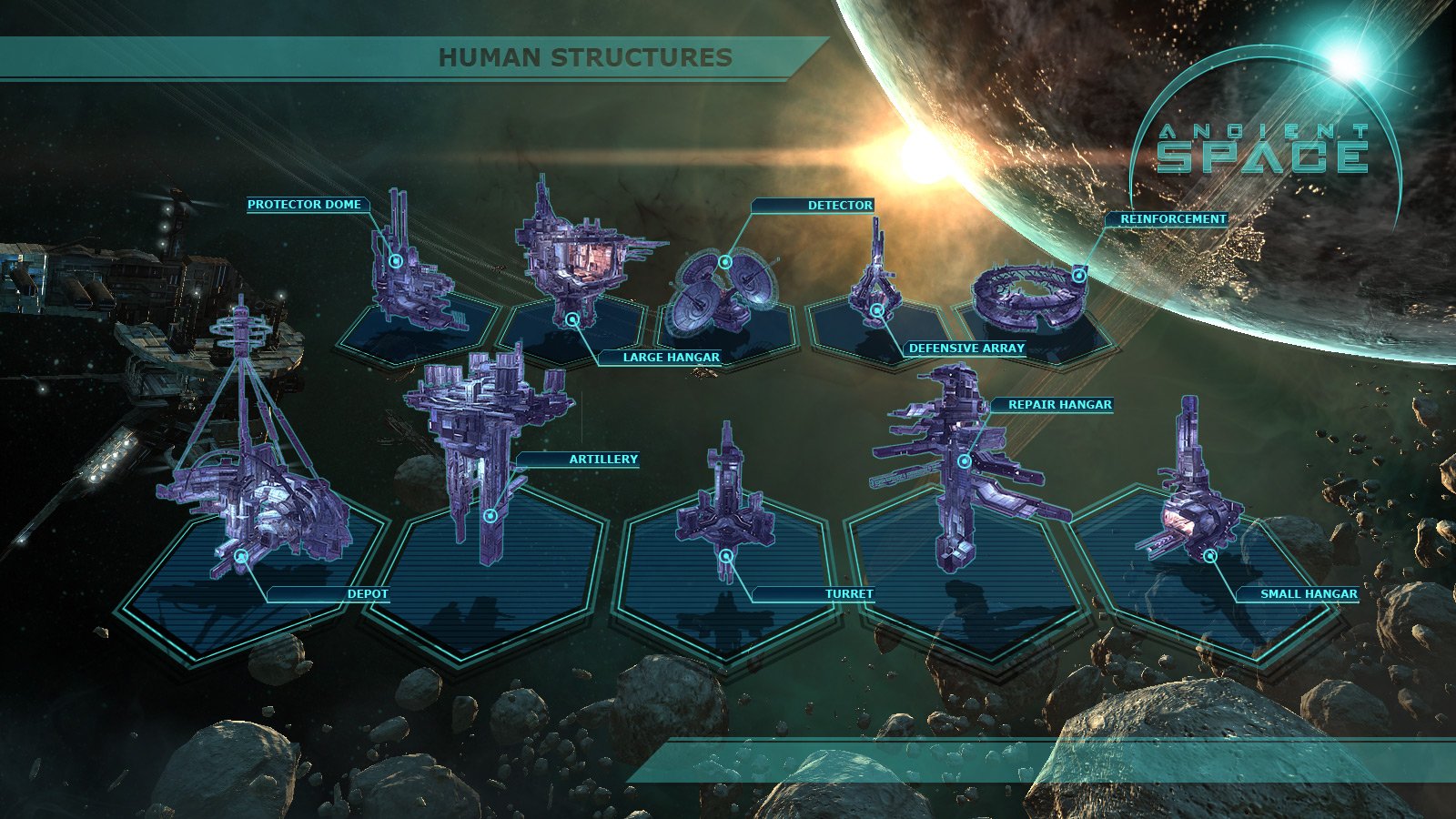

The Associated Press Health & Science Department receives support from the Howard Hughes Medical Institute's Department of Science Education. Osiris-Rex is actually a NASA acronym for origins, spectral interpretation, resource identification, security-regolith explorer. Osiris is the god of the afterlife, while Bennu represents the heron and creation. Its odometer read 1.2 billion miles (2 billion kilometers) as of Monday.īoth the spacecraft and asteroid's names come from Egyptian mythology. The $800 million Osiris-Rex mission began with a 2016 launch from Cape Canaveral, Florida. Scientists contend the more they learn about asteroids, the better equipped Earth will be in heading off a truly catastrophic strike. At worst, Bennu would carve out a crater during a projected close call 150 years from now.Ĭontact with Bennu will not significantly change its orbit or make it more dangerous to us, Lauretta stressed. That means they could smack Earth years from now. Japan managed to return some tiny particles in 2010 from its first asteroid mission, also named Hayabusa.īoth Bennu and Ryugu are considered potentially hazardous asteroids. NASA has brought back comet dust and solar wind particles before, but never asteroid samples. The collection - parachuting down to Utah - would represent the biggest cosmic haul since the Apollo astronauts hand-delivered moon rocks to Earth in the late 1960s and early 1970s. The sample container would break loose and head toward Earth in 2021. The spacecraft won't land, but rather use a 10-foot (3-meter) mechanical arm in 2020 to momentarily touch down and vacuum up particles. Osiris-Rex aims to collect at least 60 grams, or 2 ounces, of dust and gravel. Ryugu's specks should be here by December 2020, but will be far less than Osiris-Rex's promised booty. This latest rock is named Ryugu and about double the size of Bennu. As such, it's an astronomical time capsule.Ī Japanese spacecraft, meanwhile, has been hanging out at another near-Earth asteroid since June, also for samples. Scientists are eager to study material from a carbon-rich asteroid like dark Bennu, which could hold evidence dating back to the beginning of our solar system 4.5 billion years ago. Researchers will provide a more precise description at a scientific meeting next Monday in Washington.Ībout the size of an SUV, the spacecraft will shadow the asteroid for a year, before scooping up some gravel for return to Earth in 2023. The company built the spacecraft there.īennu is estimated to be just over 1,600 feet (500 meters) across. With Bennu some 76 million miles (122 million kilometers) away, it took seven minutes for word to get from the spacecraft to flight controllers at Lockheed Martin in Littleton, Colorado. "Relieved, proud, and anxious to start exploring!" tweeted lead scientist Dante Lauretta of the University of Arizona. attempt to gather asteroid samples for return to Earth, something only Japan has accomplished so far.įlight controllers applauded and exchanged high-fives once confirmation came through that Osiris-Rex made it to Bennu - exactly one week after NASA landed a spacecraft on Mars. No spacecraft has ever orbited such a small cosmic body. It will get even closer in the days ahead and go into orbit around Bennu on Dec. The robotic explorer Osiris-Rex pulled within 12 miles (19 kilometers) of the diamond-shaped space rock.


(AP) - After a two-year chase, a NASA spacecraft arrived Monday at the ancient asteroid Bennu, its first visitor in billions of years.


 0 kommentar(er)
0 kommentar(er)
